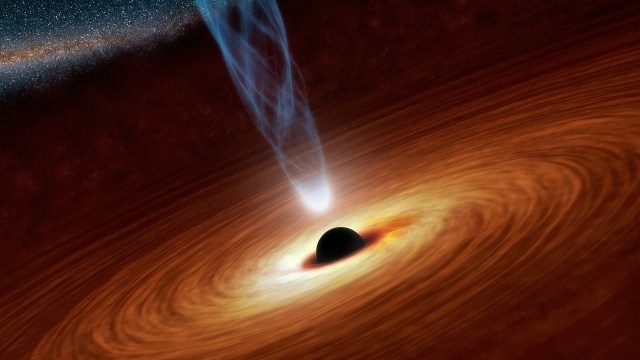NASA Doesn’t Have Enough Nuclear Fuel For Its Deep Space Missions
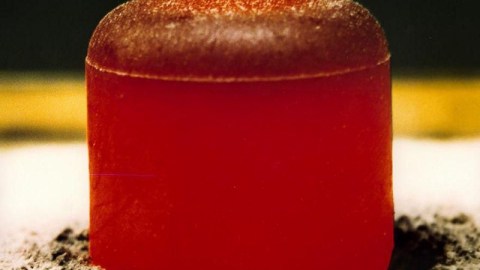
A special isotope of plutonium is necessary for missions to Mars and beyond. But we don’t have enough, and aren’t making more fast enough.
As 2018 comes to a close, NASA scientists are celebrating a milestone: for only the second time in human history, an operational spacecraft is leaving the Solar System. Voyager 2 joins its twin, Voyager 1, as the only two human-made objects to pass beyond the heliopause and enter what’s commonly defined as interstellar space. Despite being over 40 years old, and despite being farther away than any other spacecraft ever, we are still receiving signals from these deep space missions.
Why is that? Because the Voyager spacecraft, like the overwhelming majority of our successful missions that have traveled to the outer Solar System, are powered by a particular radioactive source. We produced it in great abundance from the 1940s through the 1980s, but barely produce any of it anymore. As a result, NASA’s deep space mission plans are severely hamstrung. Here’s the problem, and what we can do about it.

Whenever you plan a mission beyond Earth, you absolutely have to address the need for power. Regardless of where we are, we’re operating instruments that require power to collect and record data. We have to write it to a storage mechanism, and transmit it back to Earth so that it can be successfully received. The farther away from the Sun we get and longer we want to operate our mission, the less able we are to rely on conventional fuels, batteries, or solar panels.
For decades, our deep space exploration missions were all powered by a special, human-made isotope of plutonium: Pu-238. With 94 protons and 144 neutrons in its nucleus, it it’s an extremely powerful radioactive material. With a half-life of 88 years, it can power spacecraft for decades, emitting 568 W of power for every kilogram that’s present. But we didn’t produce any new Pu-238 for nearly 30 years, and that’s a catastrophe for mission planning today.
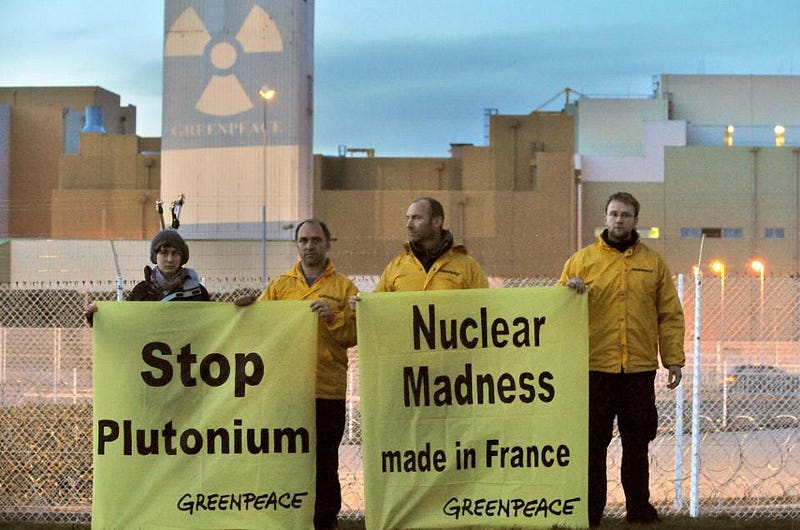
Plutonium-238 is very special for the fact that it’s a material that poses virtually no danger to anyone unless you do something insane like grind it up into a fine powder and inhale it. It can be stored in concert with oxygen atoms, in the form of plutonium oxide (PuO2), which is incredibly resistant to all sorts of catastrophes.
- It forms a crystalline lattice, so that chunks don’t break or chip off; it’s incredibly sturdy.
- It has a melting point that’s incredibly high: it will remain solid until temperatures exceed 2700 °C.
- And it’s extremely insoluble in water, meaning that it doesn’t break down even if a launch or re-entry fails and it ends up in the ocean.
This last scenario has actually happened twice: with the re-entries of the Nimbus B-1 (1968) and the Apollo 13 lunar module (1970). Both plutonium sources survived re-entry intact, and were retrieved without any environmental contamination.
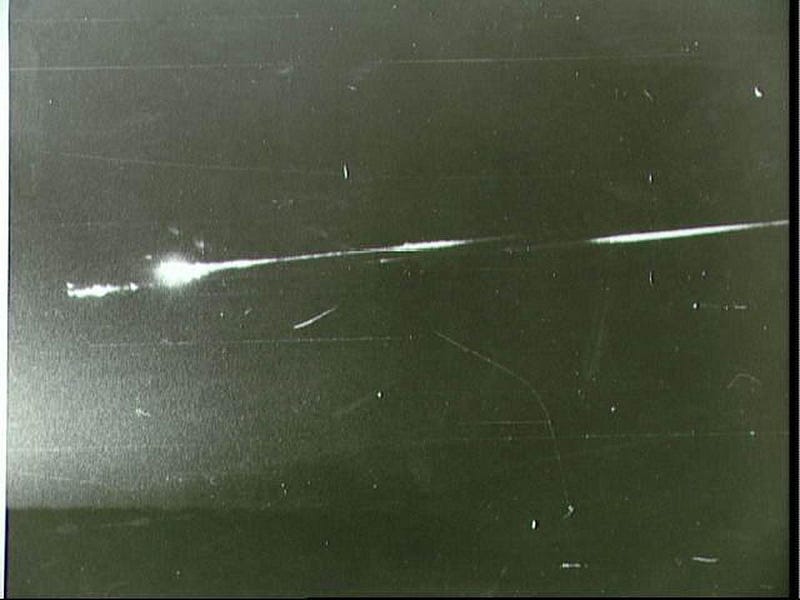
We used to produce more than 20 kg (about 45 pounds) per year of Pu-238, enabling us to create two technologies that were ideally suited to exploring the Universe beyond Earth.
- Radioisotope Heater Units (RHUs), which would prevent instruments aboard spacecraft from freezing over from the excess heat they emitted. Plutonium oxide, when made with Pu-238, is warm to the touch. Just a couple of grams of Pu-238 could have saved the Philae lander, which died an unceremonious failure of a death after crashing into Comet 67P/Churyumov–Gerasimenko.
- Radioisotope Thermoelectric Generators (RTGs), which are small, compact power sources that emit heat on a constant basis, which is incredibly useful for electric power generation.
This latter use of Pu-238, for RTGs, is what makes this fuel source so invaluable to deep space missions.
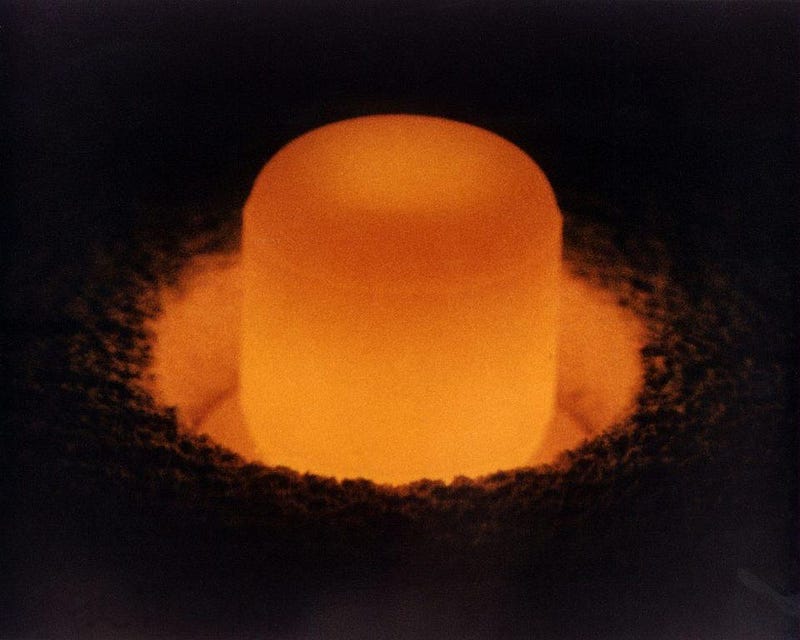
According to NASA, this is why RTGs using Pu-238 are so uniquely powerful:
Radioisotope power systems are generators that produce electricity from the natural decay of plutonium-238, which is a non-weapons-grade form of that radioisotope used in power systems for NASA spacecraft. Heat given off by the natural decay of this isotope is converted into electricity, providing constant power during all seasons and through the day and night.
Plutonium dioxide should be the standard for space missions to the outer Solar System. Probes like the Pioneer 10 and 11 and Voyager 1 and 2 used Plutonium-238 as a power source, and they’ve been so tremendously successful because these sources are light, they’re consistent and reliable, they’re long-lasting, they’re self-warming, and they’re unaffected by factors like dust, shadowing or surface damage.
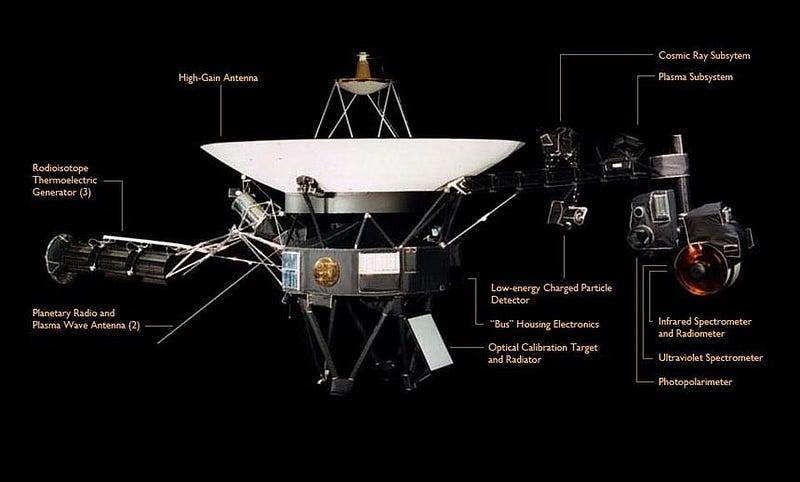
Even a couple of kilograms of a plutonium-powered RTG could provide all the power a deep space mission needed for decades. By 1987, there were plans to ramp up production at the Savannah River Site to produce 46 kg (~100 pounds) of Pu-238 per year, which would have enabled a slew of deep space missions without worrying about depleting this vital asset.
Yet we stopped producing Pu-238 altogether in the late 1980s here in the United States. While most of us laud the end of the cold war and the cessation of the production of the nuclear weapons that could destroy us all, there’s a scientific cost: the facilities that were producing those fissile materials were also producing Pu-238. Without that production line, we’re doomed to run out of this precious, irreplaceable asset.
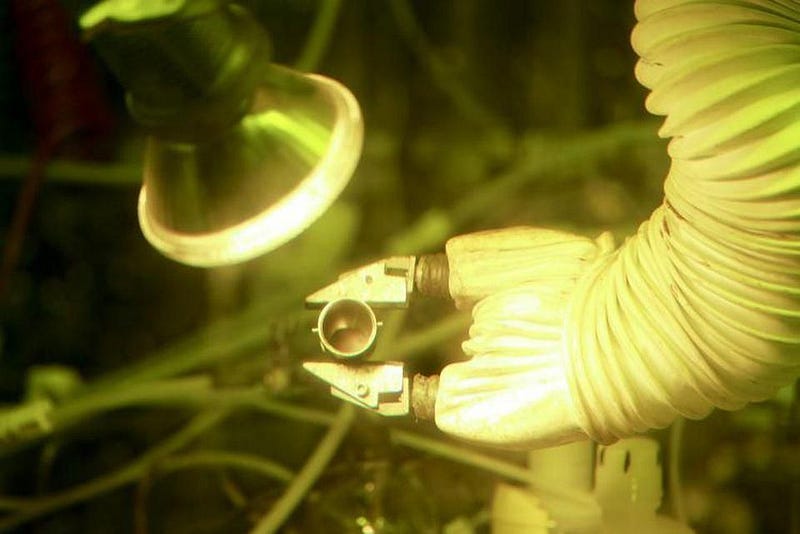
The Mars Curiosity rover and the New Horizons mission to Pluto both took huge advantage of RTG technology. The 1990 launch of the Sun-monitoring Ulysses mission saw a payload that included 11 kilograms of Pu-238, which may be the largest amount of plutonium launched aboard a single mission.
But despite the enormous success of RTGs in both NASA and Soviet space missions, and the extraordinary safety record associated with them, it’s our NIMBY nuclear fears that keep us from producing appropriate amounts of this material even today. As a result, our stockpiles of Pu-238 are the lowest they’ve ever been: we have enough left, at present, to equip the Mars 2020 rover and a single deep space mission like the Europa Clipper mission, slated, tentatively, for the mid-2020s. Beyond that, we’ll have to make or obtain more.
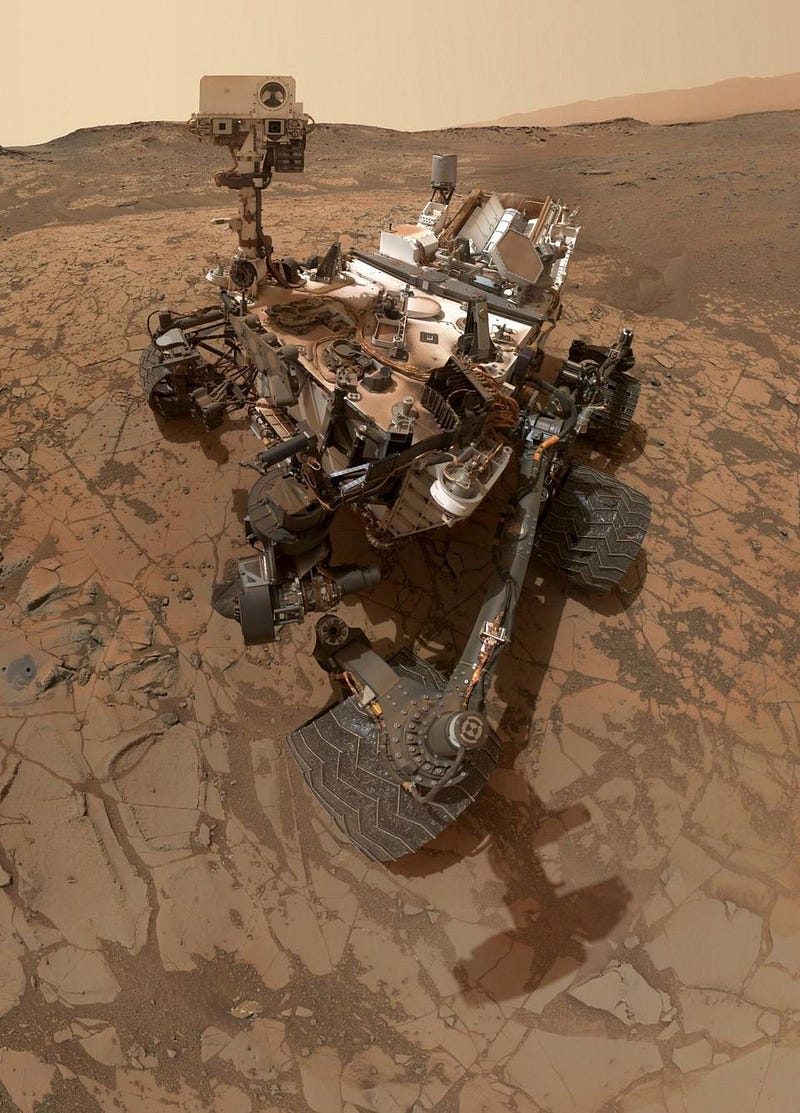
For the past 25 years, practically all of the Pu-238 used in NASA missions has been purchased from Russia, totaling in excess of 16 kg (36 pounds). There have been a few efforts to restart the production of Pu-238 here in North America, but the investment is minuscule compared to what was going on at the Savannah River Site in the 1980s.
The Oak Ridge National Laboratory restarted production of Pu-238 in 2013, marking the first time in 25 years that Pu-238 had been produced in the United States. Although current production yields only a few hundred grams per year (less than a pound), the laboratory has the eventual goal of ramping up to 1.5 kilograms (3.3 pounds) per year by 2023, at the earliest.
Ontario Power Generation in Canada has also begun producing Pu-238, with the goal of using it as a supplemental source for NASA.
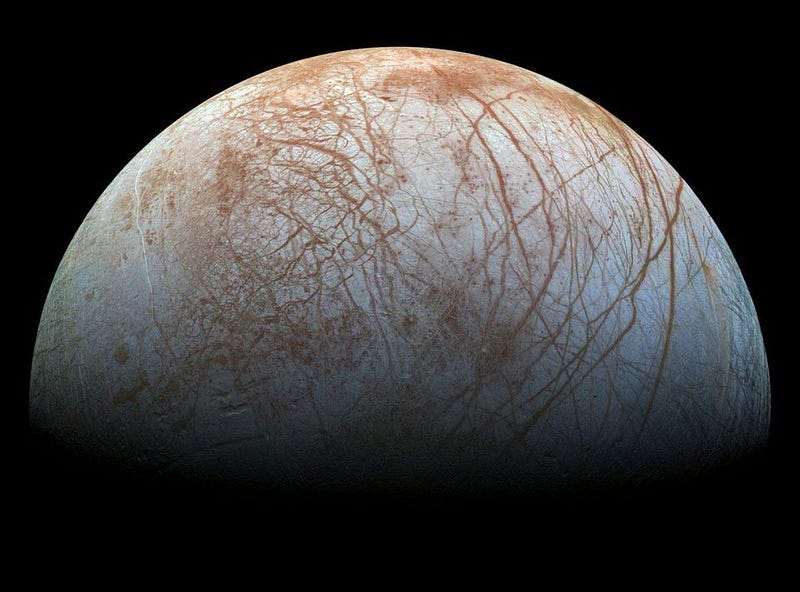
The biggest problem is that we have big dreams of exploring the Universe. We want to send a mission to not only Europa but Enceladus and Triton to investigate the possibility of life in their subsurface oceans. We want to fly a dedicated mission to Uranus and Neptune, which have never yet had one. We have dreams of exploring numerous worlds in the Kuiper belt. We want to send a probe to Sedna, and discover what an object that may have originated from our Oort cloud looks like.
But without the ability to power these missions, it will never happen. Solar panels, batteries, and chemical-based fuels simply won’t get the job done. If we want these missions to function optimally, we need to equip them with an RTG. In terms of safety, efficiency, weight, power output, and design optimization, Pu-238 has no equal.
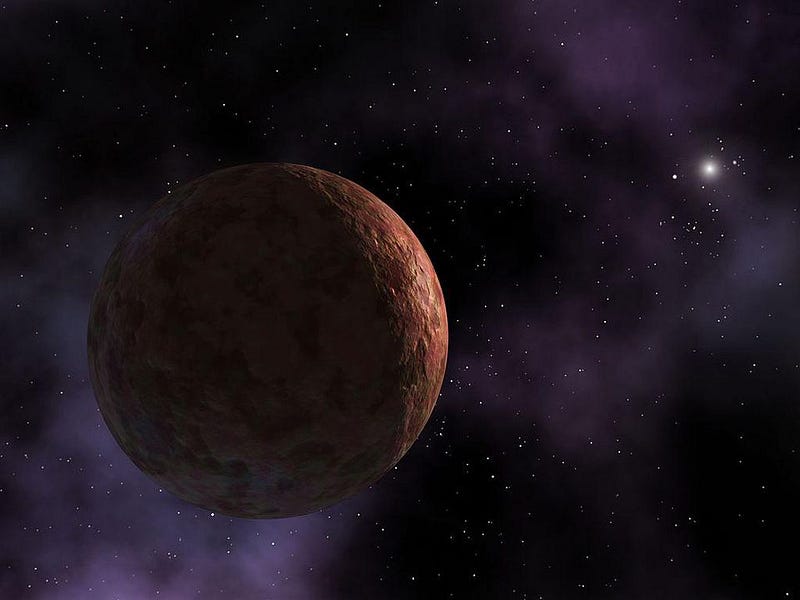
It’s time to decide what kind of world we want to be. Do we want to be alone, isolated in the Universe, mired in our terrestrial bickering forever? Or do we want to invest in something beyond planet Earth? Do we want to not only look out at the stars, galaxies, and distant reaches of space with the telescopes we build, but send probes to the far reaches of our Solar System and beyond?
If we do, we have to put our illogical fears aside and invest in the resources necessary to enable not only the current generation, but future generations of space missions. No lives are lost by failing to invest in it. But by deciding that we’re not going to gain that knowledge, we’re giving up on the greatest asset that science can give us: an awareness and appreciation for the Universe itself, and the value of the process of discovering what’s out there.
Ethan Siegel is the author of Beyond the Galaxy and Treknology. You can pre-order his third book, currently in development: the Encyclopaedia Cosmologica.





